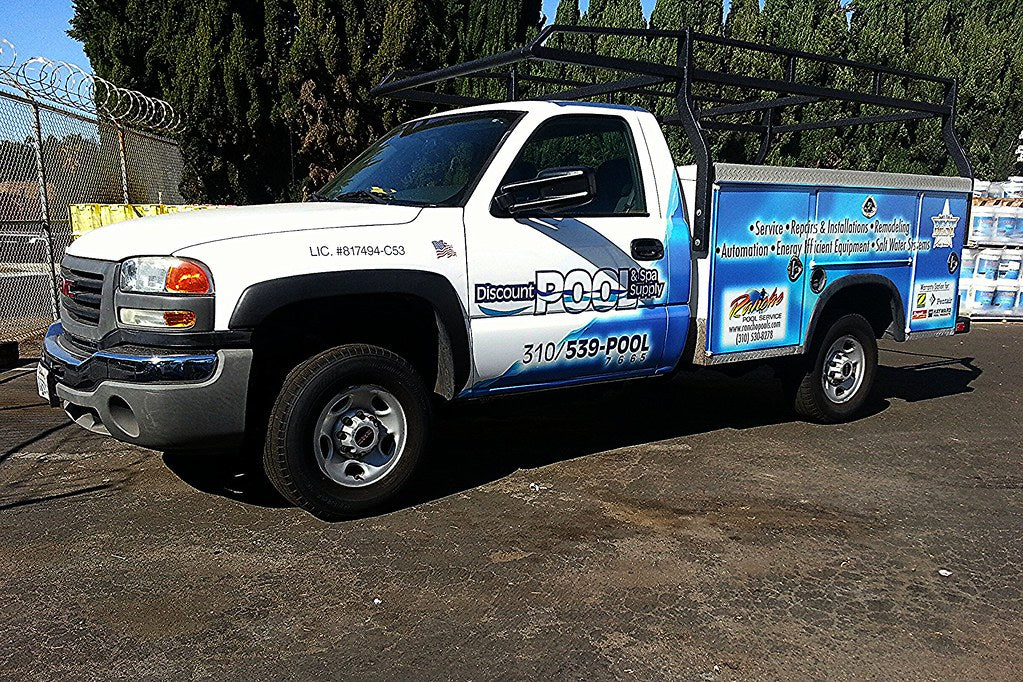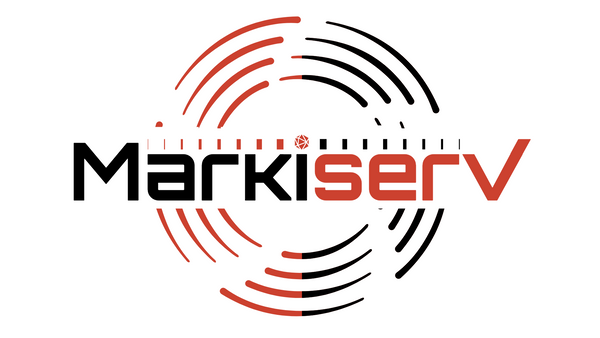
The Ultimate Guide to Creating Impactful Truck and Car Wraps
Share
Truck and car wraps are mobile advertising tools that combine creativity and practicality to deliver impactful brand messaging. They turn vehicles into eye-catching billboards on wheels, capable of reaching a vast and diverse audience. Creating an effective wrap, however, requires thoughtful design, careful planning, and an understanding of the medium’s unique constraints and opportunities.
This guide will walk you through the steps to design a successful wrap, its benefits, and best practices for achieving maximum impact.
Why Vehicle Wraps Are a Game-Changer for Businesses
A vehicle wrap is more than just a design slapped on a truck or car. It’s a marketing asset with several advantages:
-
High Visibility
Wrapped vehicles are mobile advertisements. A single wrap can generate thousands of impressions daily, depending on traffic and location. -
Cost-Effective Advertising
Compared to billboards or digital ads, vehicle wraps require a one-time investment but deliver results over several years, making them one of the most cost-effective advertising tools. -
Professional Image
A well-designed wrap elevates your brand’s image, giving off an air of professionalism and credibility to potential customers. -
Local Market Targeting
Wraps are particularly effective for businesses with local clientele. Whether driving to appointments or parked outside an office, they ensure your brand gets noticed. -
Non-Intrusive Marketing
Unlike digital ads or telemarketing, wraps don’t interrupt or annoy people. They subtly catch attention without forcing a hard sell.
Planning Your Vehicle Wrap: Key Considerations
- Understand Your Goals
Are you aiming to build brand awareness, promote specific services, or showcase a new product? Define the objectives first, as these will influence the design and messaging.
- Know Your Vehicle
The dimensions and contours of your vehicle dictate how the design should be laid out. Take into account:
- Body lines, doors, and windows.
- The size and placement of logos or key information.
- Whether you want a full wrap, partial wrap, or decals.
- Identify Your Audience
Tailor the design to resonate with your target demographic. A wrap for a trendy food truck, for instance, will differ vastly from one advertising corporate services.
- Budget Wisely
High-quality wraps can range from $2,000 to $5,000 depending on vehicle size, materials, and design complexity. Allocate your budget accordingly and avoid cutting corners on quality.
Designing an Impactful Vehicle Wrap
Creating a vehicle wrap that stands out requires a strategic approach to both design and messaging.
- Keep It Simple
A vehicle wrap has seconds to grab attention. Simplicity ensures your message gets through. Focus on:
- A bold logo.
- Minimal yet clear text (e.g., phone numbers or websites).
- A single, compelling visual.
- High-Quality Imagery
Avoid low-resolution images at all costs. Vector graphics are ideal because they scale without losing quality, ensuring your design remains crisp when printed.
- Strategic Use of Color
- Bold Colors: Bright, contrasting colors catch the eye.
- Brand Consistency: Stick to your brand palette for recognition.
- Psychology of Color: Use colors that evoke emotions tied to your brand. For example, blue suggests trust and stability, while red conveys energy and urgency.
- Typography That Works
Text should be legible from afar. Use bold, sans-serif fonts and limit the number of typefaces to one or two for cohesion.
- Placement of Key Information
Position important details like your logo, website, and contact number on flat, unobstructed areas of the vehicle. Ensure they’re visible from all angles.
- Include a Call-to-Action (CTA)
Encourage viewers to take action with phrases like “Call Today!” or “Visit Us Online!” Make the CTA prominent and compelling.
The Wrap Creation Process: Step-by-Step
- Choose a Wrap Type
Decide between a:
- Full Wrap: Covers the entire vehicle, offering maximum design space and impact.
- Partial Wrap: Covers specific sections, ideal for tighter budgets.
- Decal-Only Wrap: Features just your logo or branding elements.
- Partner with a Professional Designer
Work with graphic designers experienced in vehicle wraps. They’ll ensure your design aligns with your brand and fits the vehicle’s unique contours.
- Use Vehicle Templates
Designers rely on templates of your specific vehicle model to map out the design accurately. This step avoids critical details being lost in folds or hidden by door handles.
- Get High-Quality Printing
The print quality is as important as the design. Look for companies that use premium materials and offer lamination to protect the wrap from weather and wear.
- Installation
Proper installation ensures the wrap looks professional and lasts. Hire certified wrap installers to avoid bubbles, misalignment, or peeling.
- Maintain Your Wrap
- Wash vehicles regularly with non-abrasive cleaning solutions.
- Avoid automatic car washes, which can damage the wrap.
- Repair minor damage promptly to extend its lifespan.
Common Mistakes to Avoid
-
Overloading with Information
Too much text or imagery clutters the design, making it hard to read or understand. -
Ignoring Vehicle Features
Overlapping key details with windows, seams, or door handles diminishes impact. -
Using Cheap Materials
Low-quality wraps fade and peel quickly, tarnishing your brand’s image. -
Neglecting Maintenance
Even the best wraps will wear out prematurely without proper care.
Tips for Standout Designs in Niche Industries
- For Food Trucks: Use vibrant colors and imagery that reflect the menu. Incorporate QR codes for online orders.
- For First Responders or Tactical Gear Brands: Maintain a professional, clean aesthetic. Use bold, simple branding to convey reliability and strength.
- For Small Local Businesses: Highlight location-based contact info to target the community.
Measuring ROI of Vehicle Wraps
- Track Leads: Include unique phone numbers or web pages on your wrap to monitor engagement.
- Impressions: Estimate daily impressions by factoring in vehicle traffic and routes.
- Customer Feedback: Ask new customers how they heard about your business to gauge the wrap’s impact.
Conclusion
Vehicle wraps are a cost-effective, high-impact marketing tool for businesses across industries. By investing in a well-designed wrap and following best practices, companies can boost brand visibility, engage local audiences, and achieve a strong ROI.
Whether you’re designing your first wrap or refining an existing one, this guide provides the foundation to create something truly impactful.
Helpful Links to Learn More:
"Vehicle Wrap Advertising: What You Need to Know" – Signarama
This article provides a comprehensive guide to understanding vehicle wrap advertising, including benefits, costs, and common uses.
"Design Tips for Vehicle Wraps" – Avery Dennison
Learn professional design tips for creating effective and visually appealing vehicle wraps from a leading material supplier.
"How to Maintain Your Vehicle Wrap" – 3M Graphics
A guide on the best practices to clean and maintain your vehicle wrap to extend its lifespan and keep it looking great.
"Vehicle Wraps ROI Calculator" – Wrapify
Use this tool to calculate the potential return on investment (ROI) for your vehicle wrap advertising campaign.
"What Are the Different Types of Vehicle Wraps?" – Signs.com
This article breaks down the various types of wraps available and helps businesses choose the right option for their needs.
